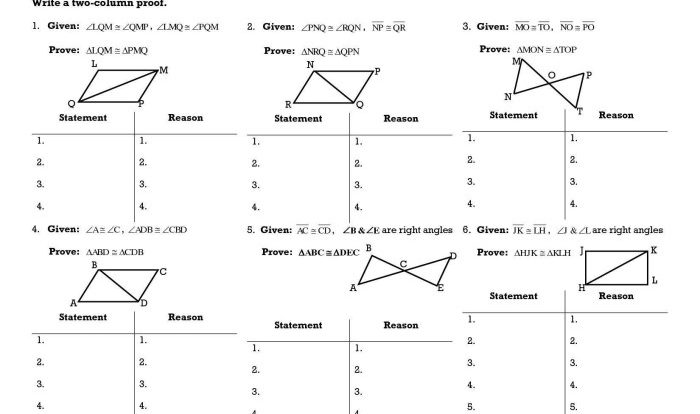If abc is equilateral solve for x – If ABC is equilateral, solve for X: Embark on an intriguing mathematical journey as we delve into the properties of equilateral triangles and explore the captivating world of solving for X.
An equilateral triangle, a geometrical gem with equal side lengths and harmonious angles, holds secrets that we will unravel together. Prepare to be captivated as we uncover the steps to solving for X in an equilateral triangle, unlocking its hidden dimensions.
Equilateral Triangle Properties: If Abc Is Equilateral Solve For X
An equilateral triangle is a polygon with three equal sides and three equal angles. It is a regular polygon, meaning all its sides and angles are equal.
In an equilateral triangle, each interior angle measures 60 degrees, and the sum of the interior angles is 180 degrees. Since the sum of the interior angles of any triangle is always 180 degrees, this means that the three interior angles of an equilateral triangle are congruent.
Side Lengths and Angles
In an equilateral triangle, the relationship between the side lengths and angles can be expressed as follows:
- Each side length is equal to 2R, where R is the radius of the circumscribed circle.
- Each interior angle is equal to 60 degrees.
- The area of the triangle is given by the formula: A = (√3 / 4)- s^2, where s is the length of one side.
Solving for x in an Equilateral Triangle
Solving for x in an equilateral triangle involves using the properties of equilateral triangles, which are triangles with all three sides equal. In this section, we will discuss the steps involved in solving for x in an equilateral triangle.
Identifying the Given Information
The first step in solving for x in an equilateral triangle is to identify the given information. This includes the lengths of the sides of the triangle, the angles of the triangle, and any other relevant information.
Using the Properties of an Equilateral Triangle
Once the given information has been identified, the next step is to use the properties of an equilateral triangle to solve for x. These properties include:
- All three sides of an equilateral triangle are equal.
- All three angles of an equilateral triangle are equal.
By using these properties, it is possible to solve for x in an equilateral triangle.
Example
For example, consider an equilateral triangle with sides of length 6. To solve for x, we can use the property that all three sides of an equilateral triangle are equal. Therefore, we have:
x = 6
Applications of Equilateral Triangles
Equilateral triangles, with their inherent symmetry and stability, find diverse applications across various fields. Their unique properties make them particularly suitable for specific design and engineering challenges.
Geometry
In geometry, equilateral triangles serve as fundamental building blocks for constructing complex shapes. Their congruent sides and equal angles facilitate precise measurements and calculations. For instance, equilateral triangles are used to create regular polygons, such as hexagons and dodecahedrons.
Architecture
In architecture, equilateral triangles contribute to structural integrity and aesthetic appeal. Their inherent strength and stability make them ideal for load-bearing structures, such as bridges and towers. Additionally, the triangular shape allows for efficient use of space, maximizing both interior and exterior aesthetics.
Engineering
In engineering, equilateral triangles play a crucial role in designing and constructing various structures and machines. Their uniform distribution of forces and stability make them suitable for components subjected to high loads, such as trusses, bridges, and aircraft wings.
Extensions and Variations
Beyond solving for x in an equilateral triangle, there are several variations and extensions of this problem that can provide further insights and applications.
Variations, If abc is equilateral solve for x
One variation involves finding the area or perimeter of an equilateral triangle given the value of x. The area of an equilateral triangle with side length x is given by the formula A = (√3 / 4) x², while the perimeter is given by P = 3x.
Solving Methods
Another variation explores different methods to solve for x. In addition to the algebraic method described earlier, trigonometry and coordinate geometry can also be used. For instance, trigonometry can be used to find the angle between two sides of the triangle and then use that angle to solve for x.
Q&A
What is an equilateral triangle?
An equilateral triangle is a triangle with all three sides equal in length.
How do I solve for X in an equilateral triangle?
To solve for X in an equilateral triangle, use the property that all sides are equal. Set up an equation based on the given information and solve for X.
What are the applications of equilateral triangles?
Equilateral triangles are used in various fields, including geometry, architecture, and engineering. They are particularly useful in creating symmetrical structures and measuring angles.

